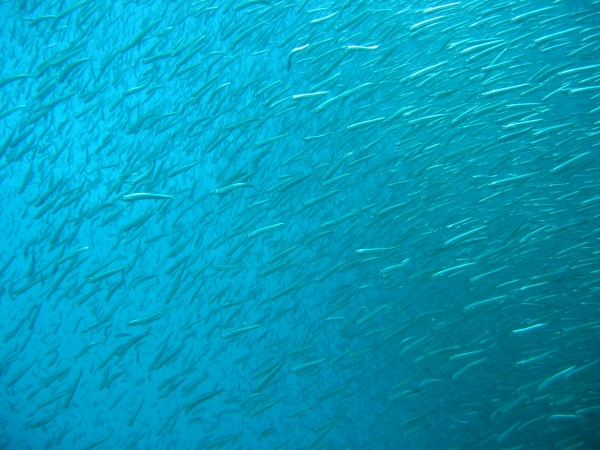A team led by the Hong Kong University of Science and Technology (HKUST) has developed a technique to study how different fish species interact with each other in a coastal region, a breakthrough that helps explain the complex relationships among marine species and how global warming impacts fish populations.
By analyzing minute traces of fish DNA from samples of seawater, the team combined the use of environmental DNA – known as eDNA – and advanced statistical analysis to not only detect the presence of fish species, but also reveal how the species interact with each other.
The use of eDNA to monitor biodiversity has surged in popularity in recent years, particularly for detecting aquatic organisms like fish. As animals move through their environment, they shed fragments of genetic material, such as skin cells, waste products, and other body fluids. By extracting these traces of DNA from samples of water, soil, or air, scientists can determine the presence and diversity of species with high accuracy.
Read more at Hong Kong University of Science and Technology
Image: Japanese anchovy, one of the fish species studied in the paper. (Photo credit: Reiji Masuda via Hong Kong University of Science and Technology)


